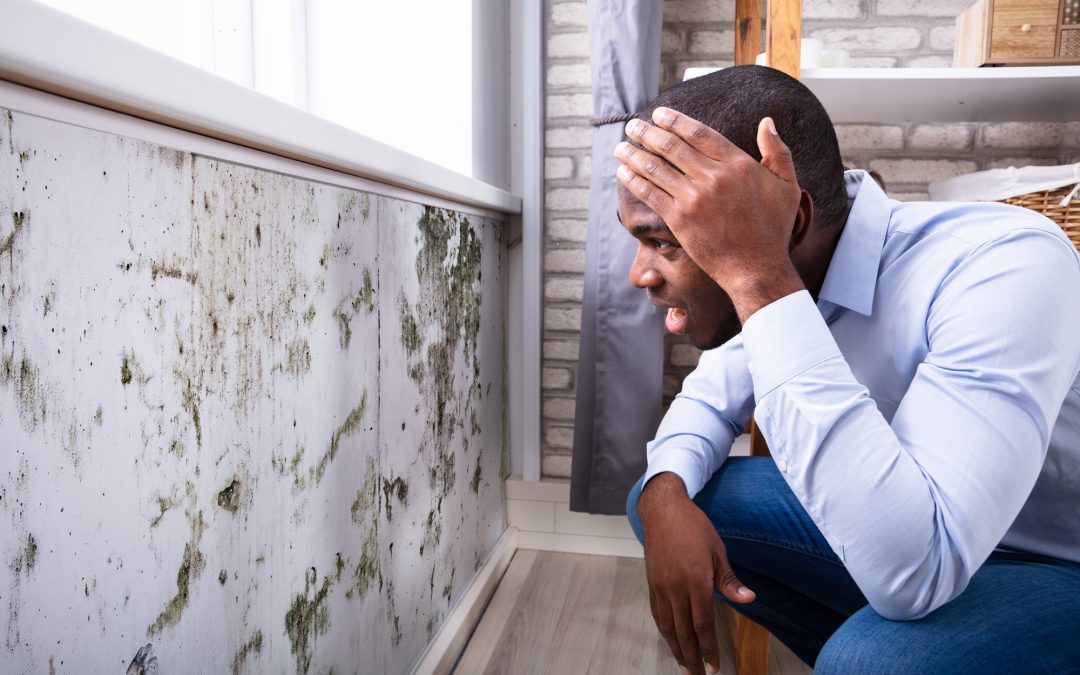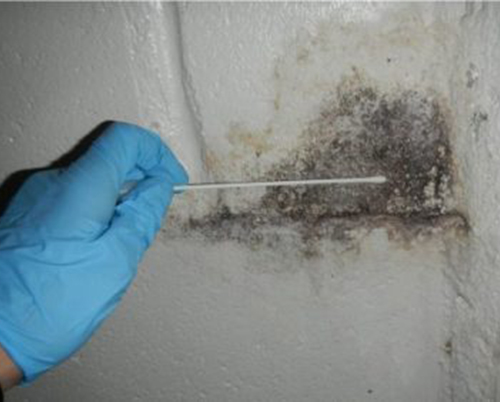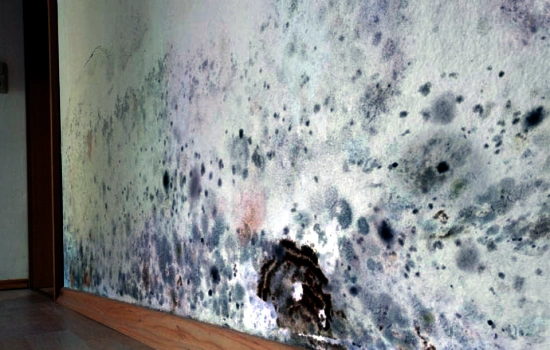After Mold Remediation Techniques for Clean Spaces
After Mold Remediation Techniques for Clean Spaces
Blog Article
Your Ultimate Overview to Blog Post Mold Removal Methods
Browsing the world of post-mold removal strategies is a thorough process that requires focus to detail and a thorough understanding of the ins and outs included. In the results of mold invasion, understanding how to successfully remove the mold and avoid its reoccurrence is extremely important for preserving a healthy interior setting. From choosing the best cleansing and sanitizing methods to executing methods for long-term mold and mildew avoidance, each action in the remediation trip plays an essential role in ensuring a successful end result. As we begin on this exploration of post-mold removal strategies, we will certainly discover the vital approaches and ideal practices that can help you recover your space to its pre-mold condition and secure it against future mold and mildew threats.
Recognizing Post-Mold Remediation Refine
After completing the mold and mildew remediation process, it is essential to understand the post-mold remediation techniques that are required to make sure a extensive and effective cleanup. Once the mold has actually been gotten rid of, the next step involves cleansing and sanitizing the impacted locations to prevent any regrowth of mold and mildew.
Moreover, performing a final inspection post-remediation is essential to guarantee that all mold has been efficiently eliminated. This examination should entail an extensive aesthetic check as well as perhaps air sampling to verify the lack of mold and mildew spores in the air. If the assessment discloses any sticking around mold, additional removal may be needed. Lastly, informing owners on safety nets such as managing moisture degrees and immediately attending to any type of water leaks can assist preserve a mold-free atmosphere.
Efficient Cleansing and Sanitizing Techniques

Protecting Against Future Mold And Mildew Growth

Importance of Appropriate Air Flow
Proper ventilation plays a critical role in avoiding moisture accumulation, an essential aspect in mold and mildew development within interior settings. Efficient air flow systems help get rid of excess moisture from the air, lowering the opportunities of mold spores discovering the moisture they require to sprout and spread out. Without adequate ventilation, indoor rooms can come to be a breeding place for mold and mildew, leading to possible health and wellness threats and architectural damages.
By ensuring appropriate air blood circulation, ventilation systems can likewise assist in drying out damp areas quicker after water damage or flooding incidents, further deterring mold development. Post remediation mold testing near me. In rooms like restrooms, kitchens, basements, and attic rooms where moisture degrees often tend to be higher, installing and maintaining reliable air flow systems is important in preventing mold problems

Monitoring and Upkeep Tips
Given the crucial duty that proper air flow plays in stopping mold and mildew growth, it is imperative to develop effective surveillance and maintenance suggestions to make certain the continued performance of ventilation Read More Here systems. Monitoring moisture degrees within the home is likewise important, as high moisture can add to mold and mildew growth. By remaining attentive and positive to the condition of air flow systems, residential or commercial property proprietors can efficiently minimize the danger of mold regrowth and maintain a healthy and balanced indoor setting.
Verdict
In conclusion, post-mold remediation strategies are important for making sure a tidy and risk-free atmosphere. Understanding the process, applying effective cleaning and disinfecting techniques, protecting against future mold growth, keeping correct air flow, and regular tracking are all critical action in the remediation procedure. By complying with these standards, you can effectively remove mold and mildew and avoid its return, functioning or advertising a healthy and balanced living area for all passengers.
In the after-effects of mold and mildew infestation, understanding Going Here just how to properly eliminate the mold and mildew and stop its reoccurrence is vital for maintaining a healthy and balanced interior atmosphere. When the mold has been removed, the next step involves cleansing and sanitizing the influenced areas to avoid any type of regrowth of mold and mildew - testing air quality after mold remediation. After getting rid of visible mold and mildew growth, it is critical to cleanse all surface areas in the damaged area to eliminate any type of continuing to be mold spores. To even more improve mold prevention steps, it is essential to address underlying concerns that originally led to mold growth.Provided the critical function that proper ventilation plays in avoiding mold growth, it is necessary to establish reliable surveillance and maintenance suggestions to ensure the continued functionality of air flow systems
Report this page